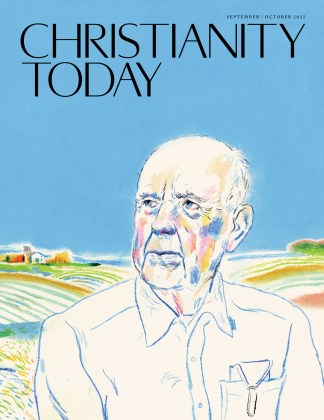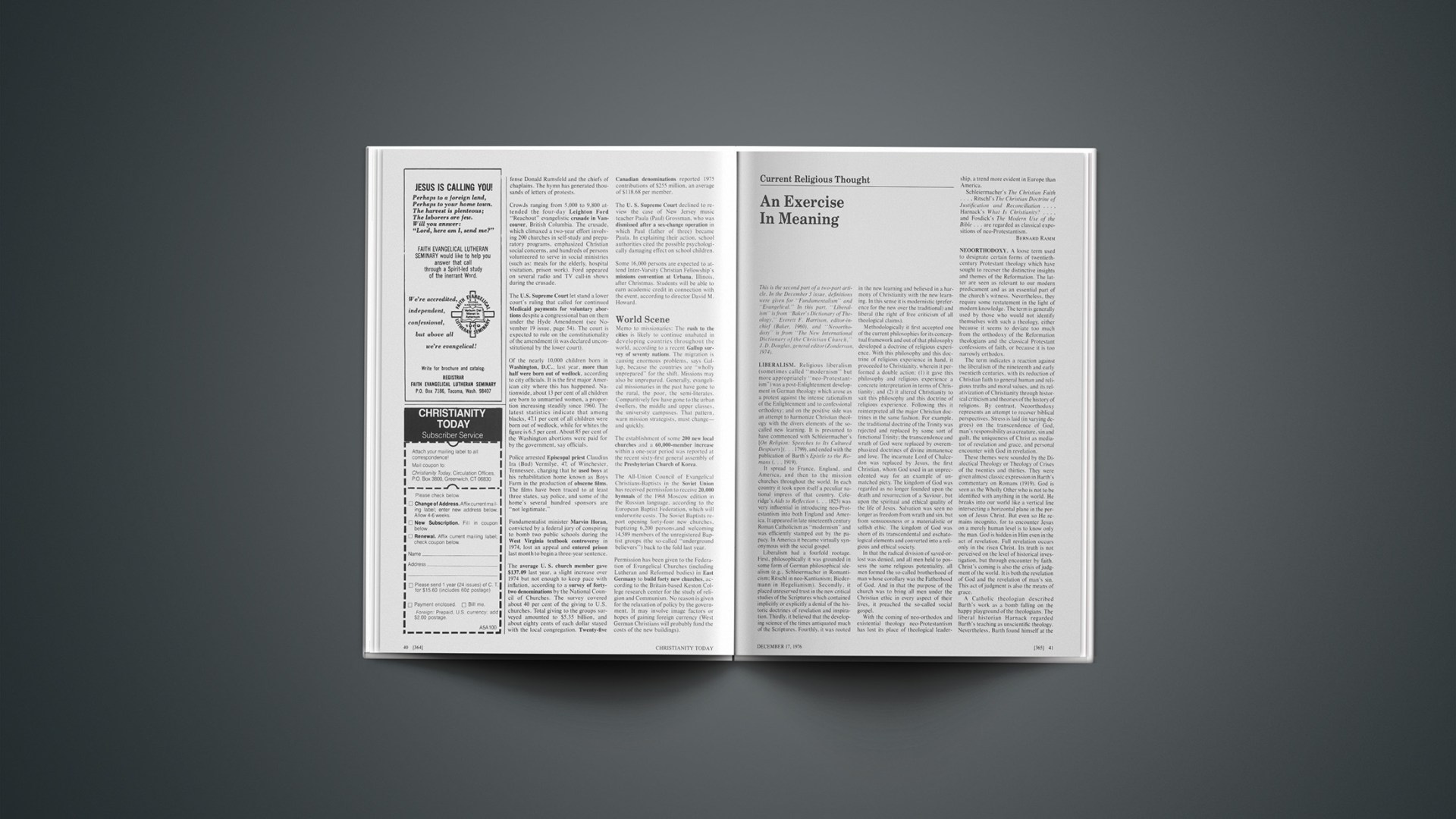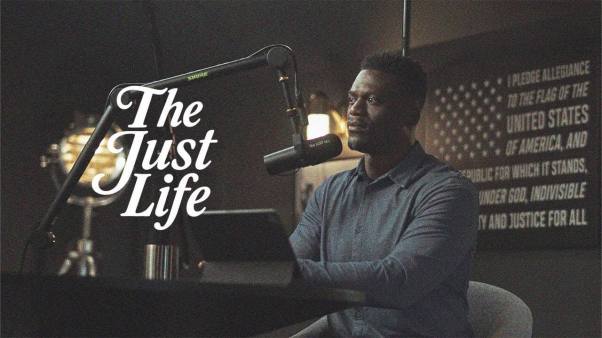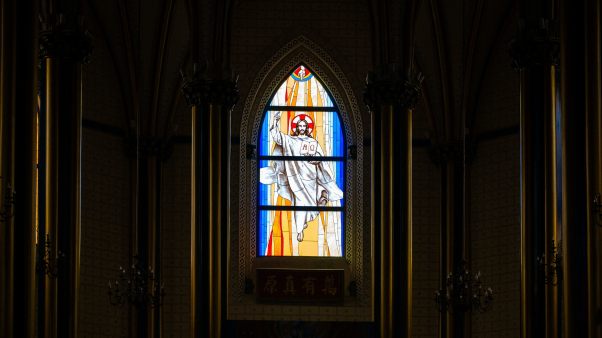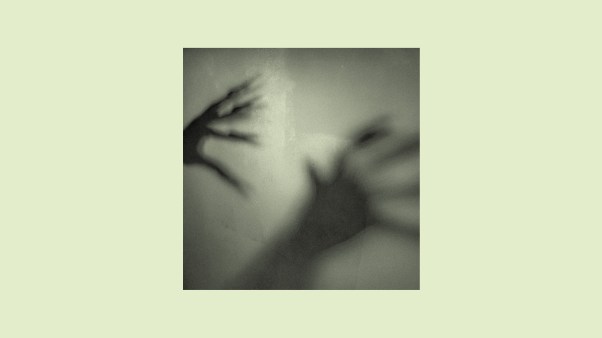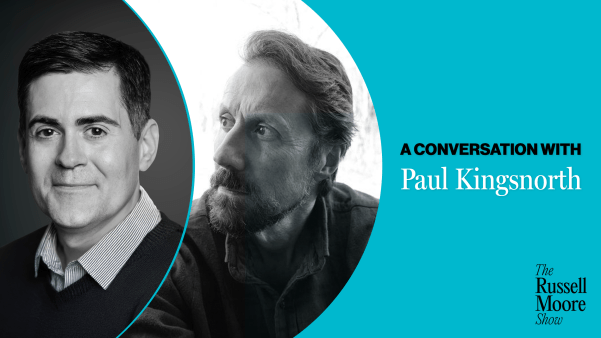This is the second part of a two-part article. In the December 3 issue, definitions were given for “Fundamentalism” and “Evangelical.” In this part, “Liberalism” is from “Baker’s Dictionary of Theology,” Everett F. Harrison, editor-in-chief (Baker, 1960), and “Neoorthodoxy” is from “The New International Dictionary of the Christian Church,” J. D. Douglas, general editor (Zondervan, 1974).
LIBERALISM. Religious liberalism (sometimes called “modernism” but more appropriately “neo-Protestantism”) was a post-Enlightenment development in German theology which arose as a protest against the intense rationalism of the Enlightenment and to confessional orthodoxy; and on the positive side was an attempt to harmonize Christian theology with the divers elements of the so-called new learning. It is presumed to have commenced with Schleiermacher’s [On Religion: Speeches to Its Cultured Despisers] (… 1799), and ended with the publication of Barth’s Epistle to the Romans (… 1919).
It spread to France, England, and America, and then to the mission churches throughout the world. In each country it took upon itself a peculiar national impress of that country. Coleridge’s Aids to Reflection (… 1825) was very influential in introducing neo-Protestantism into both England and America. It appeared in late nineteenth century Roman Catholicism as “modernism” and was efficiently stamped out by the papacy. In America it became virtually synonymous with the social gospel.
Liberalism had a fourfold rootage. First, philosophically it was grounded in some form of German philosophical idealism (e.g., Schleiermacher in Romanticism; Ritschl in neo-Kantianism; Biedermann in Hegelianism). Secondly, it placed unreserved trust in the new critical studies of the Scriptures which contained implicitly or explicitly a denial of the historic doctrines of revelation and inspiration. Thirdly, it believed that the developing science of the times antiquated much of the Scriptures. Fourthly, it was rooted in the new learning and believed in a harmony of Christianity with the new learning. In this sense it is modernistic (preference for the new over the traditional) and liberal (the right of free criticism of all theological claims).
Methodologically it first accepted one of the current philosophies for its conceptual framework and out of that philosophy developed a doctrine of religious experience. With this philosophy and this doctrine of religious experience in hand, it proceeded to Christianity, wherein it performed a double action: (1) it gave this philosophy and religious experience a concrete interpretation in terms of Christianity; and (2) it altered Christianity to suit this philosophy and this doctrine of religious experience. Following this it reinterpreted all the major Christian doctrines in the same fashion. For example, the traditional doctrine of the Trinity was rejected and replaced by some sort of functional Trinity; the transcendence and wrath of God were replaced by overemphasized doctrines of divine immanence and love. The incarnate Lord of Chalcedon was replaced by Jesus, the first Christian, whom God used in an unprecedented way for an example of unmatched piety. The kingdom of God was regarded as no longer founded upon the death and resurrection of a Saviour, but upon the spiritual and ethical quality of the life of Jesus. Salvation was seen no longer as freedom from wrath and sin, but from sensuousness or a materialistic or selfish ethic. The kingdom of God was shorn of its transcendental and eschatological elements and converted into a religious and ethical society.
In that the radical division of saved-or-lost was denied, and all men held to possess the same religious potentiality, all men formed the so-called brotherhood of man whose corollary was the Fatherhood of God. And in that the purpose of the church was to bring all men under the Christian ethic in every aspect of their lives, it preached the so-called social gospel.
With the coming of neo-orthodox and existential theology neo-Protestantism has lost its place of theological leadership, a trend more evident in Europe than America.
Schleiermacher’s The Christian Faith …, Ritschl’s The Christian Doctrine of Justification and Reconciliation …, Harnack’s What Is Christianity?…, and Fosdick’s The Modern Use of the Bible … are regarded as classical expositions of neo-Protestantism.
BERNARD RAMM
NEOORTHODOXY. A loose term used to designate certain forms of twentieth-century Protestant theology which have sought to recover the distinctive insights and themes of the Reformation. The latter are seen as relevant to our modern predicament and as an essential part of the church’s witness. Nevertheless, they require some restatement in the light of modern knowledge. The term is generally used by those who would not identify themselves with such a theology, either because it seems to deviate too much from the orthodoxy of the Reformation theologians and the classical Protestant confessions of faith, or because it is too narrowly orthodox.
The term indicates a reaction against the liberalism of the nineteenth and early twentieth centuries, with its reduction of Christian faith to general human and religious truths and moral values, and its relativization of Christianity through historical criticism and theories of the history of religions. By contrast, Neoorthodoxy represents an attempt to recover biblical perspectives. Stress is laid (in varying degrees) on the transcendence of God, man’s responsibility as a creature, sin and guilt, the uniqueness of Christ as mediator of revelation and grace, and personal encounter with God in revelation.
These themes were sounded by the Dialectical Theology or Theology of Crises of the twenties and thirties. They were given almost classic expression in Barth’s commentary on Romans (1919). God is seen as the Wholly Other who is not to be identified with anything in the world. He breaks into our world like a vertical line intersecting a horizontal plane in the person of Jesus Christ. But even so He remains incognito, for to encounter Jesus on a merely human level is to know only the man. God is hidden in Him even in the act of revelation. Full revelation occurs only in the risen Christ. Its truth is not perceived on the level of historical investigation, but through encounter by faith. Christ’s coming is also the crisis of judgment of the world. It is both the revelation of God and the revelation of man’s sin. This act of judgment is also the means of grace.
A Catholic theologian described Barth’s work as a bomb falling on the happy playground of the theologians. The liberal historian Harnack regarded Barth’s teaching as unscientific theology. Nevertheless, Barth found himself at the head of a theological revival in Europe. He soon, however, modified his position and eventually abandoned Dialectical Theology. He spoke of the Kantian-Platonic crust which had encased his teaching. After various revisions, he felt his views of the 1920s were still too much influenced by Kierkegaard and existentialism. His stress on the difference between God and man was replaced by a doctrine of analogy, albeit one that could only be known by faith through revelation. At the same time Barth continued to distinguish his view of revelation from that of Protestant orthodoxy. He felt that the latter stressed revealed truth and the verbal inspiration of Scripture, whereas he wished to stress that revelation is esentially God revealing Himself in Christ, even though this is human only through the witness of the biblical writers. In his later teaching … Barth paid particular attention to the exegesis of Scripture and the great theologians of the church.
The teaching of Emil Brunner tended in a similar direction, though their latent differences came into the open through their dispute over natural theology in 1934. Brunner accused Barth of going too far in denying that man had no knowledge of God apart from that mediated by Christ. He urged that man must have some knowledge which would serve as a readymade point of contact for the Gospel. He saw grounds for this in the image of God in man and man’s awareness of such divine institutions as the state and marriage. Brunner pleaded for a new, reformed natural theology, but his case remained unconvincing in view of the concessions he was willing to make to Barth. Brunner’s teaching on revelation focused on the element of divine, personal encounter and attacked even more strongly than Barth the concept of objective, revealed truth.
Also associated with Dialectical Theology were Rudolf Bultmann and Friedrich Gogarten. But whereas Barth and Brunner developed theologies which had a framework of biblical theism, Bultmann and Gogarten sought to reinterpret biblical themes in terms of an existential philosophy. The former were primarily concerned with exegesis, the latter with a radical demythologizing hermeneutic. Paul Tillich has also been considered to be Neoorthodox. His sermons, in particular, are often concerned with biblical themes. But his Systematic Theology makes it clear that the basis of his thought is his existential ontology. In the USA, Reinhold Niebuhr has been regarded as Neoorthodox in view of his use of biblical categories in his moral philosophy and interpretation of history. But in their different ways both Tillich and Niebuhr are more concerned with what they conceive to be the underlying principles of Protestantism than with a modern restatement of a corpus of doctrine.
